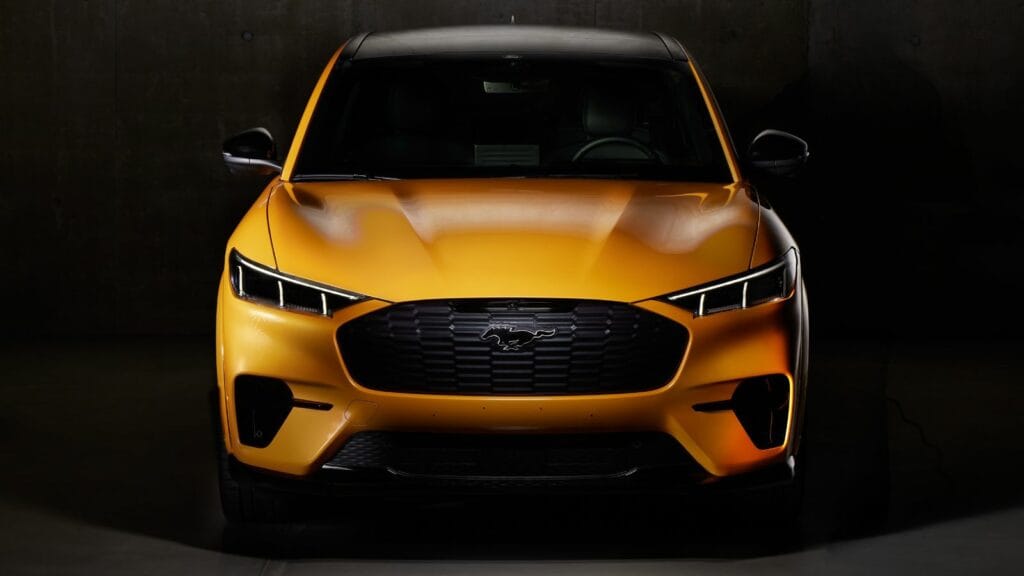In a world where geopolitics can determine what we eat, wear, and drive, the impending tariff wars between countries cast a long shadow over Canada’s car market. Though trade tensions may be the domain of diplomats and economists, their effect could soon land much closer to home and your garage. From classic American muscle cars to sophisticated European sedans, several popular car models are in danger of vanishing from Canadian roads. These are 22 beloved car models that might disappear from Canada due to tariff wars:
Ford Mustang
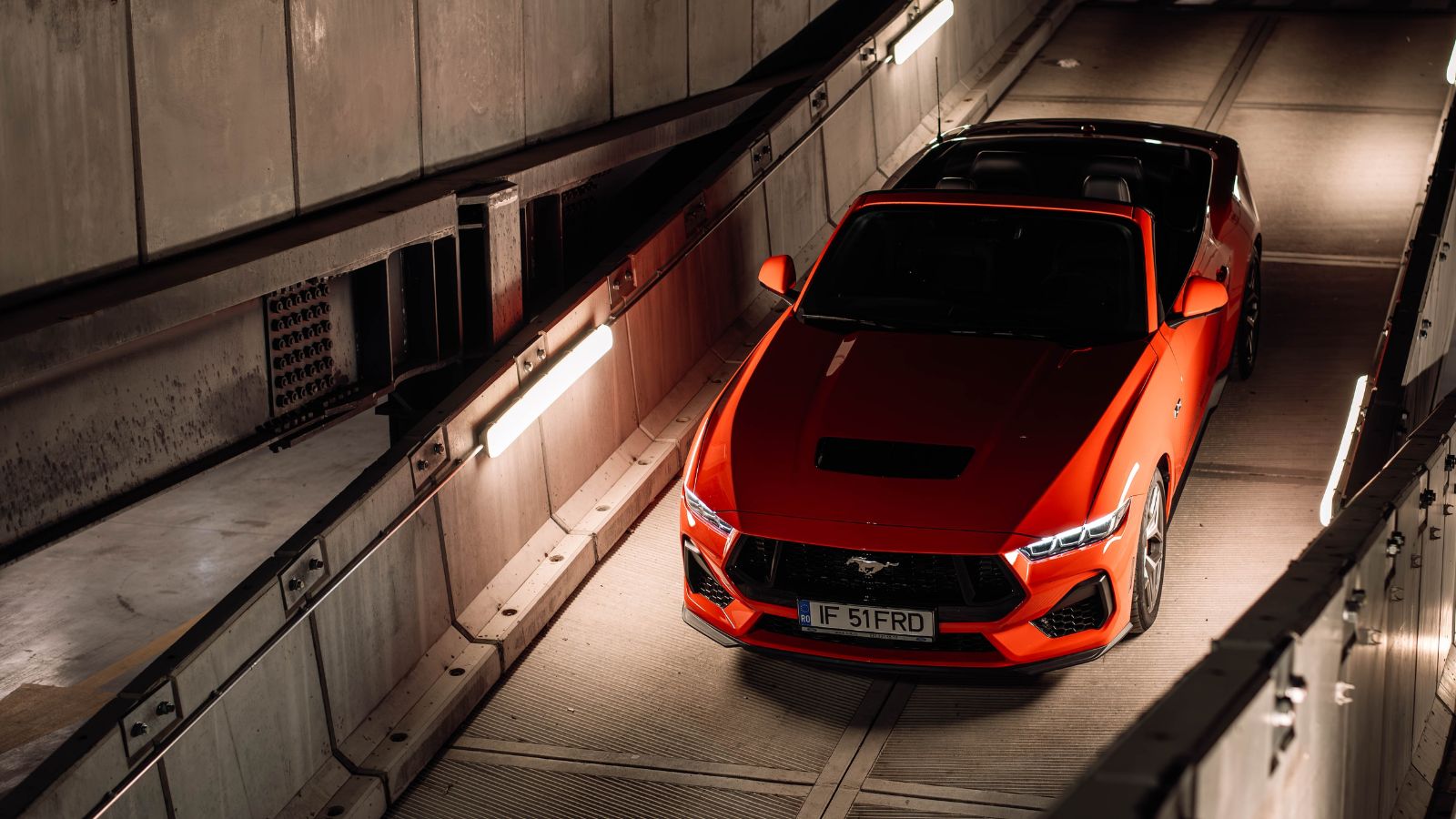
Since its dashing introduction in 1964, the Ford Mustang has thundered through decades with a panache that few vehicles can equal. The Mustang embodied America’s spirit of rebellion and went on to gallop into the hearts of Canadians, too. Most current versions feature more than one engine option, the most exciting being the 5.0-liter V8, delivering a symphony of 450 horsepower. Inside, the Mustang walks the line between retro cool and contemporary style. It accelerates from 0-60 mph in approximately 4.2 seconds.
Chevrolet Camaro

Chevy Camaro originally tore up the roads in 1966, created out of a desire to challenge Ford’s Mustang. It’s since become a cultured muscle car that merges raw power with high-tech gadgetry. The current model has multiple engines, but the most thrilling is the 6.2-liter LT1 V8 cranking out 455 horsepower. The inside has bolstered seats, a performance data recorder, and an 8-inch infotainment screen that serves double duty as your digital co-pilot. The 0-60 mph dash is accomplished in as few as 4.0 seconds.
Dodge Challenger
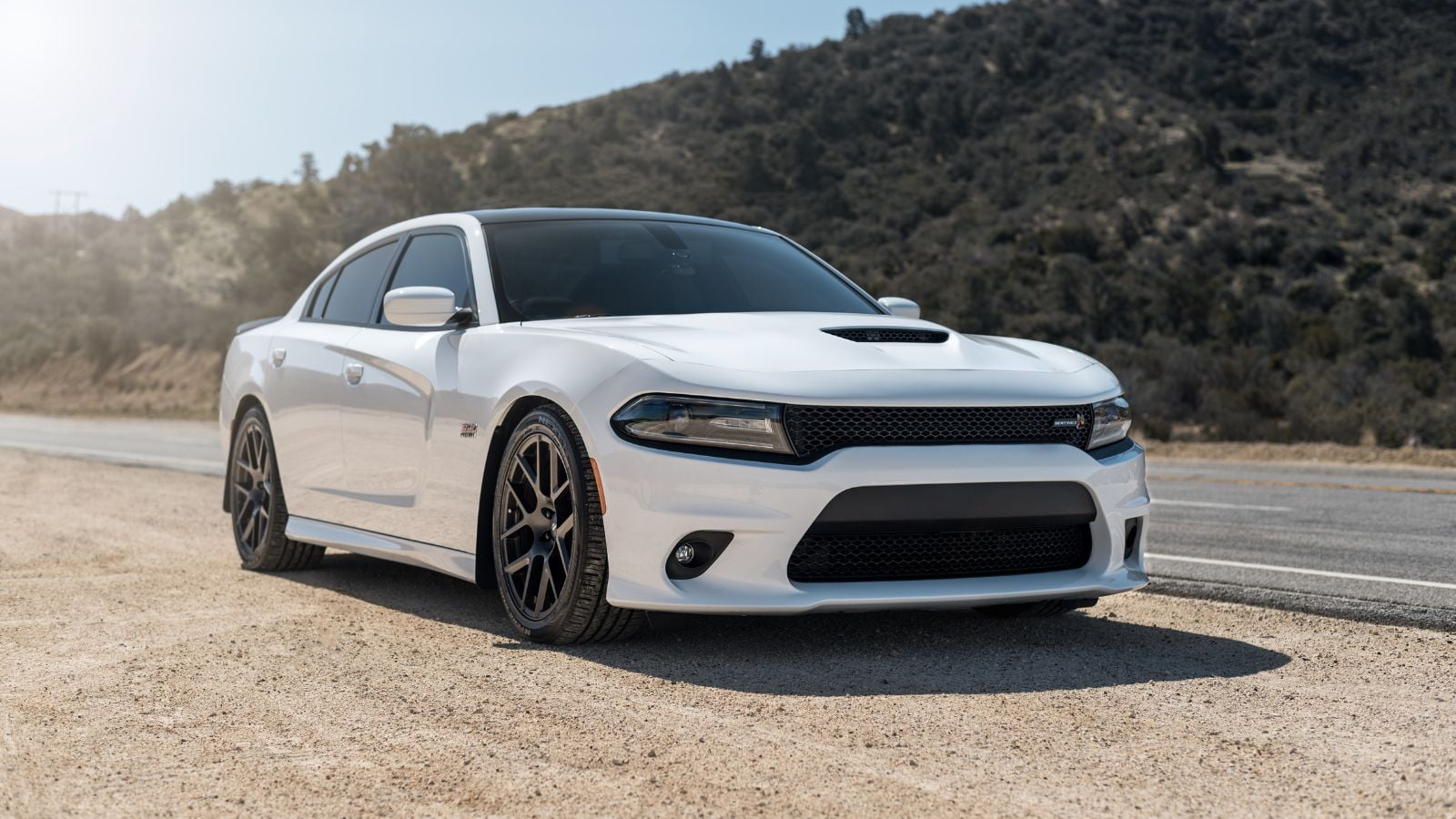
The Dodge Challenger, released in 1970, has matured like a loud, brazen rock-n-roll icon that was hard to miss. Most prominently known for its Hellcat and Demon models, the Challenger can accommodate a beastly 6.2-liter supercharged HEMI V8 that generates up to 807 horsepower. It features retro-themed gauges with high-definition digital inserts, optional Laguna leather seating, and dual-zone climate control for contemporary comfort with an old-school look. It goes 0-60 in a mere 3.4 seconds in its highest trim level.
BMW 3 Series
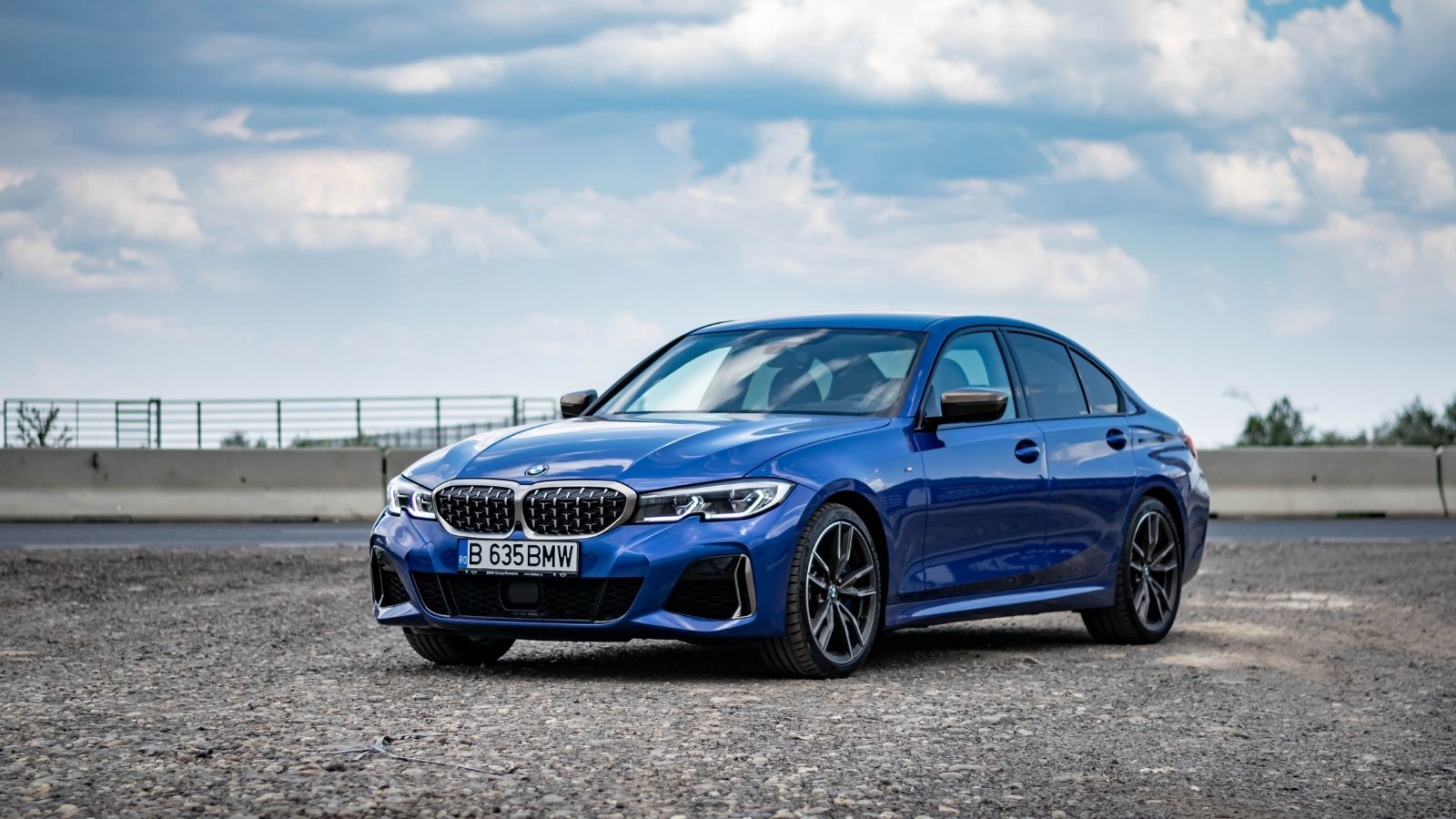
Introduced in 1975, the BMW 3 Series has been the gold standard for luxury sport sedans for years. Notorious for its agile handling and Teutonic accuracy, the latest G20 generation also offers a turbocharged 2.0-liter four-banger or a more aggressive 3.0-liter inline-six with mild-hybrid technology. Inside, the 3 Series is tastefully refined with Vernasca leather seats, open-pore wood trimmings, and BMW’s iDrive 8 infotainment system, all on higher trims. It flies from 0-60 in approximately 4.1 seconds with the M340i spec.
Audi A4
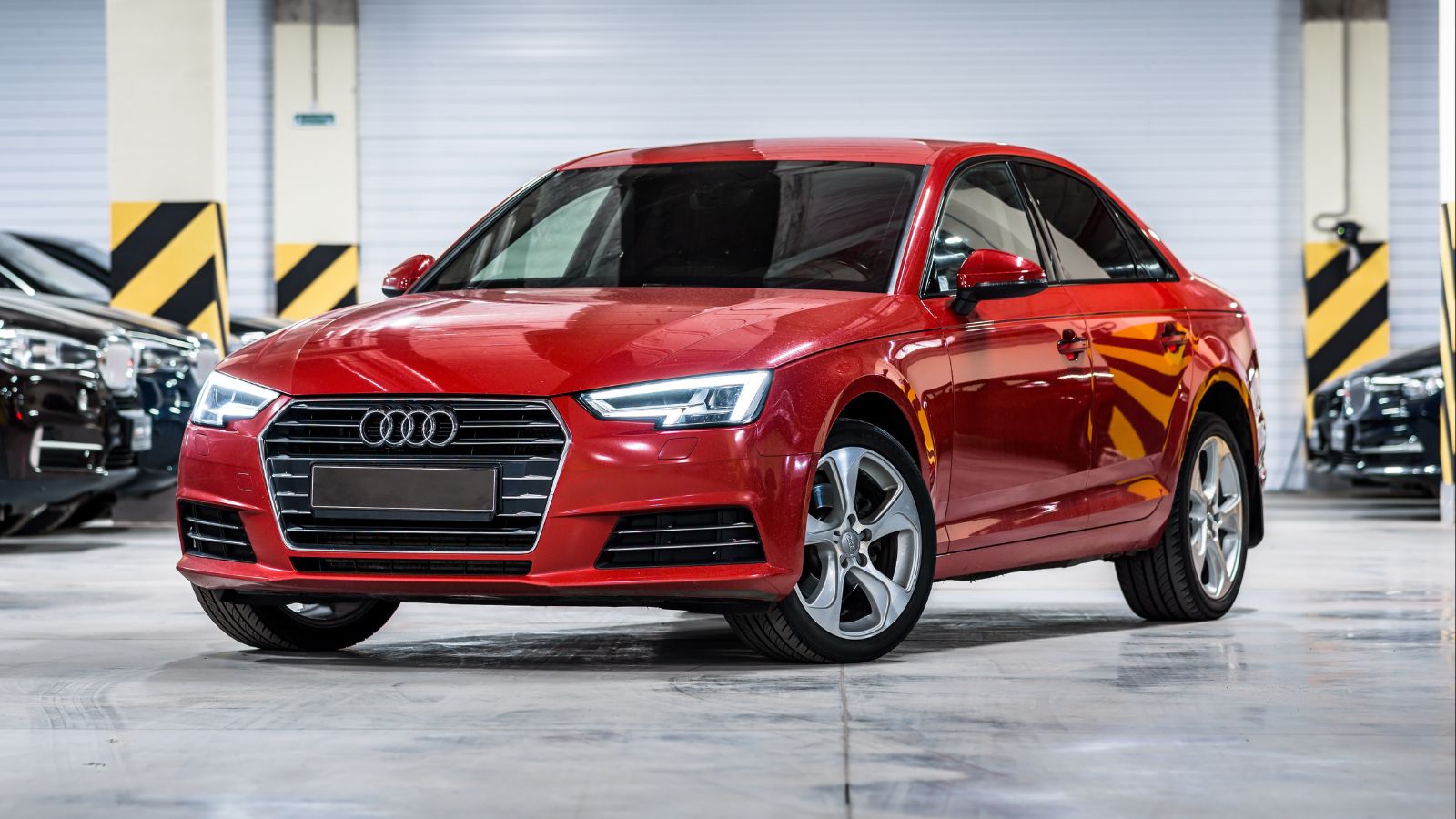
Launched in 1994 as a successor to the Audi 80, the Audi A4 has become the thinking person’s luxury sedan that is quiet, efficient, and as sharp as a German chef’s knife. The latest A4 sports a 2.0-liter turbocharged inline-four with a mild hybrid assist, delivering up to 261 horsepower via Audi’s famed Quattro all-wheel-drive system. The cabin is quintessential Audi with minimalist but luxurious designs, featuring a 10.1-inch touchscreen, fine-grain ash natural wood inlays, three-zone climate control, and buttery-soft leather seats. Acceleration from 0-60 is handled in a tidy 5.2 seconds.
Mercedes-Benz C-Class
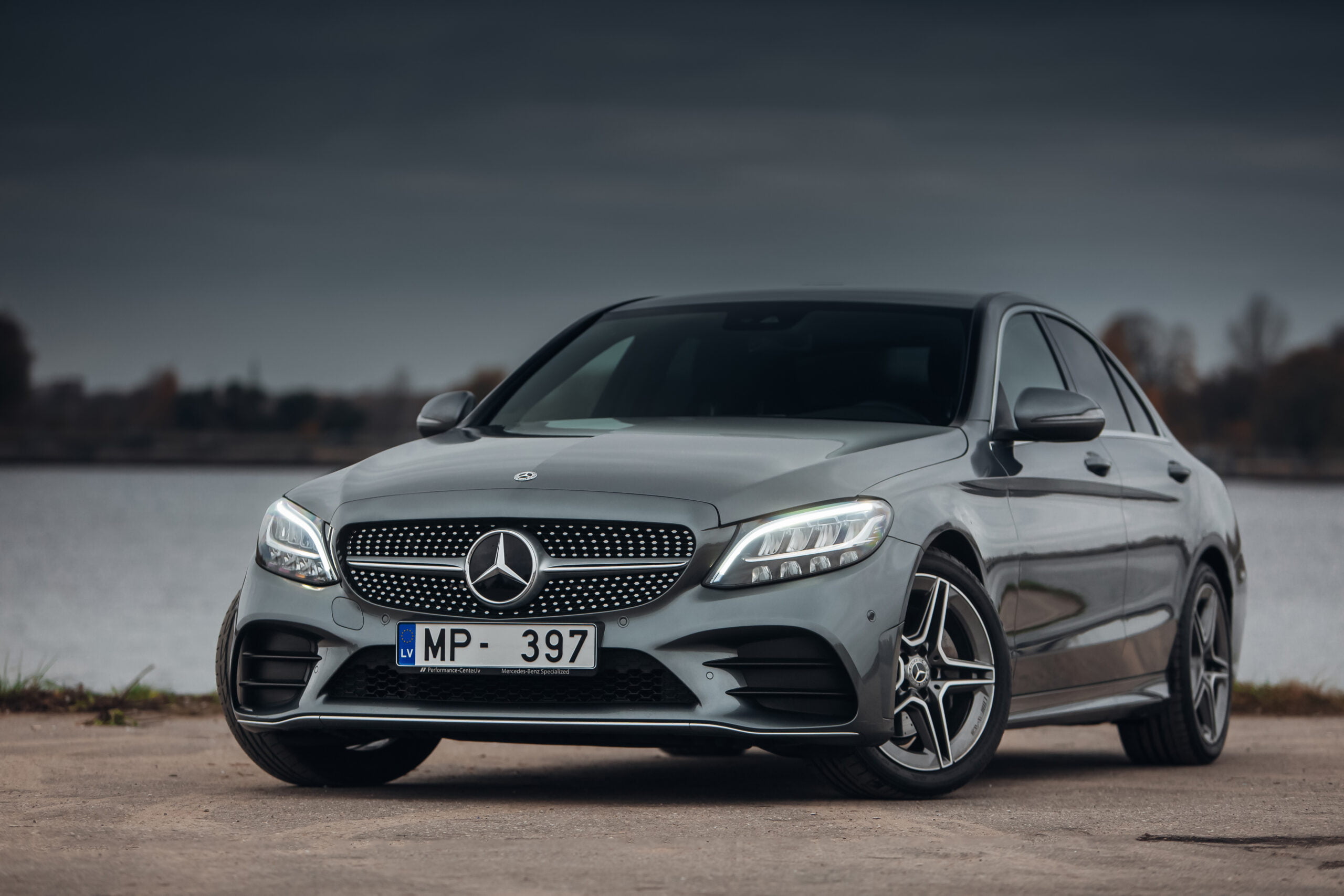
The C-Class debuted in 1993 in sleek form as a replacement for the 190E and has been honed with each subsequent generation. The compact turbocharged 2.0-liter four-cylinder with the 48-volt mild-hybrid system in the 2022 redo dishes up 255 horsepower with a silky smooth efficiency that accelerates from 0 to 60 mph in just 5.3 seconds. However, the cabin gets the most attention as an S-Class-lite ride with an enormous 11.9-inch vertical screen and ambient lighting in 64 colors.
Toyota Supra
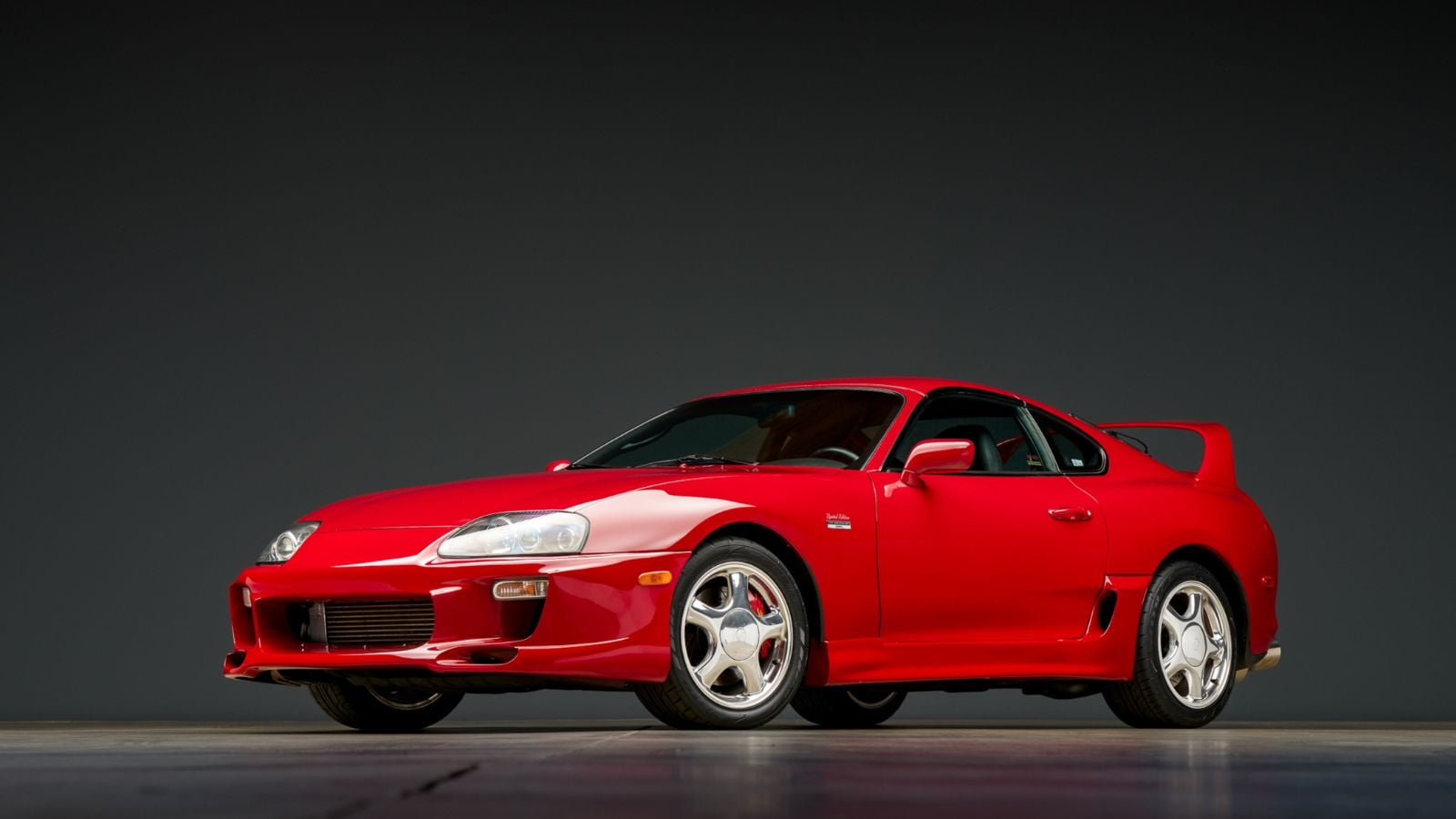
The reimagined Supra took roads in 2019 but initially dropped jaws back in 1978. First conceived by Toyota’s internal design team and revived later with BMW’s help, the Supra is the type of Japanese-German fusion sushi chefs only wish for. The new model boasts a turbocharged 3.0-liter inline-six engine, which churns out 382 horsepower. Inside, it has a cozy two-seater arrangement with sport bucket seats, Alcantara trim, and an 8.8-inch infotainment system that looks suspiciously Bavarian. The Supra accelerates from 0-60 in just 3.9 seconds.
Honda Civic Type R
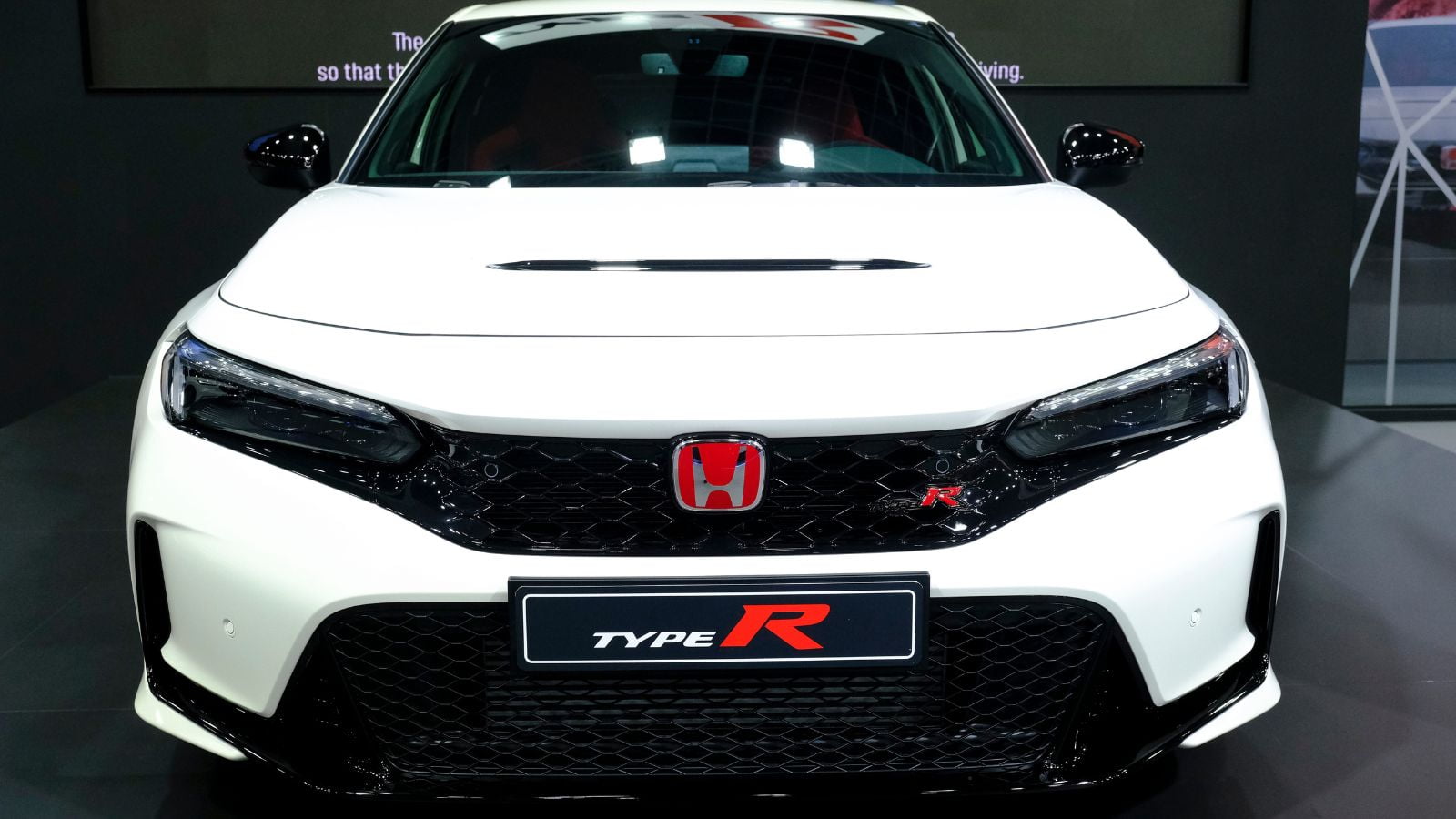
From the day the original Civic Type R was released in 1997, this hot hatch has been a speed junkie’s and track-day hero cult car. Conceived at Honda’s Tochigi R&D Center, the newest version features a 2.0-liter turbocharged VTEC inline-four engine producing 315 horsepower. Its six-speed manual transmission is so silky that it needs to be awarded a Michelin star. The inside has bolstered red suede racing seats, a leather-wrapped steering column, an aluminum shift knob, and a digital cluster that changes based on your drive mode. And yes, it accelerates to 60 mph in approximately 4.9 seconds.
Nissan GT-R
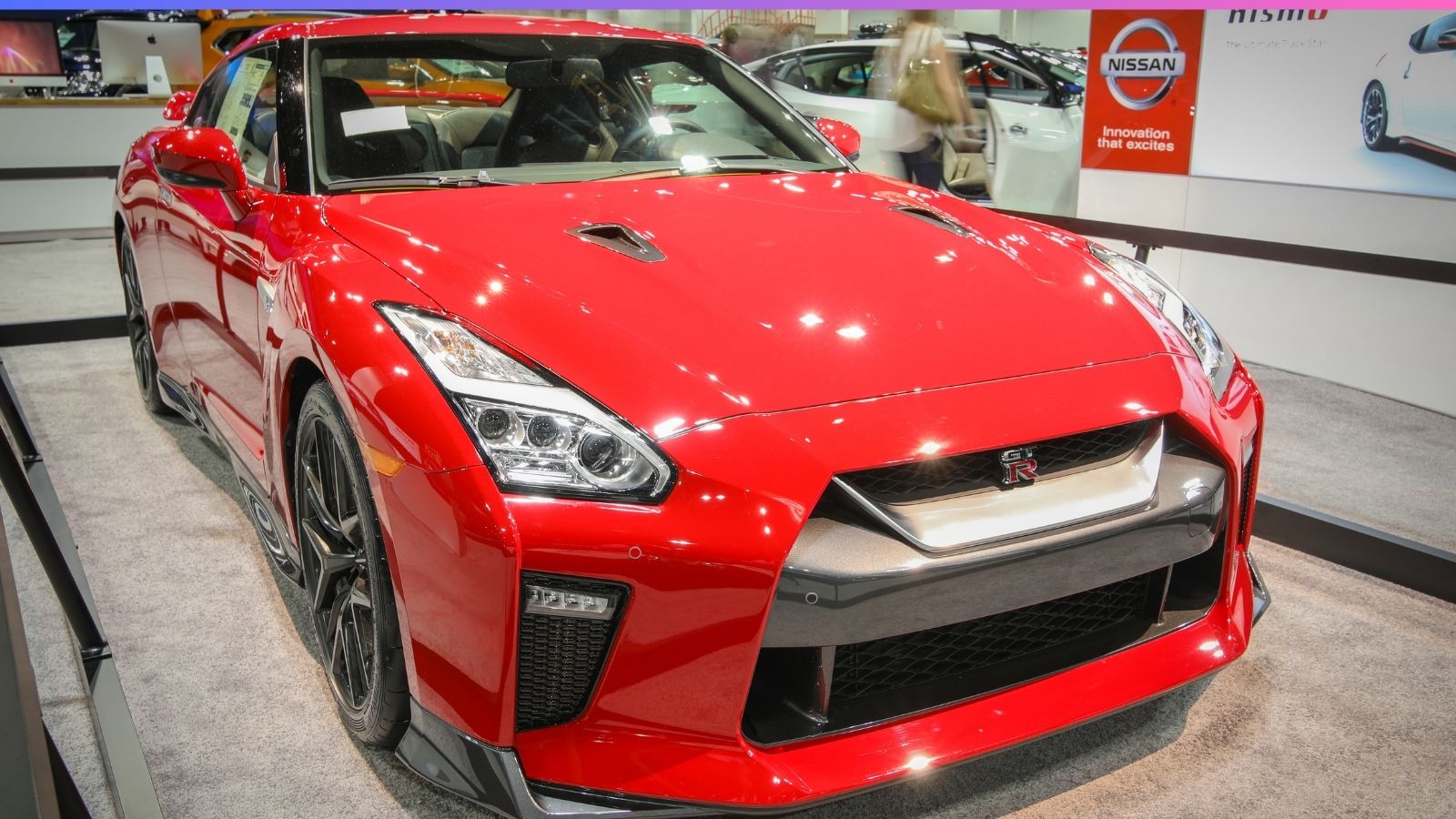
Nicknamed “Godzilla,” the Nissan GT-R initially burst onto the world scene in 2007 (although its Skyline GT-R heritage dates back to 1969). This creation of Shiro Nakamura is a savagely mixed bag of brute power and advanced technology. It features a hand-assembled 3.8-liter twin-turbo V6 engine delivering 565 horsepower or higher in unique NISMO variants. The interior combines race car with luxury lounge with Recaro seats, premium leather furnishings, carbon trim, an 8-inch touchscreen, and a performance telemetry system that will allow you to geek out at every G-load and throttle. It accelerates from 0-60 mph in a sickening 2.9 seconds.
Subaru WRX STI
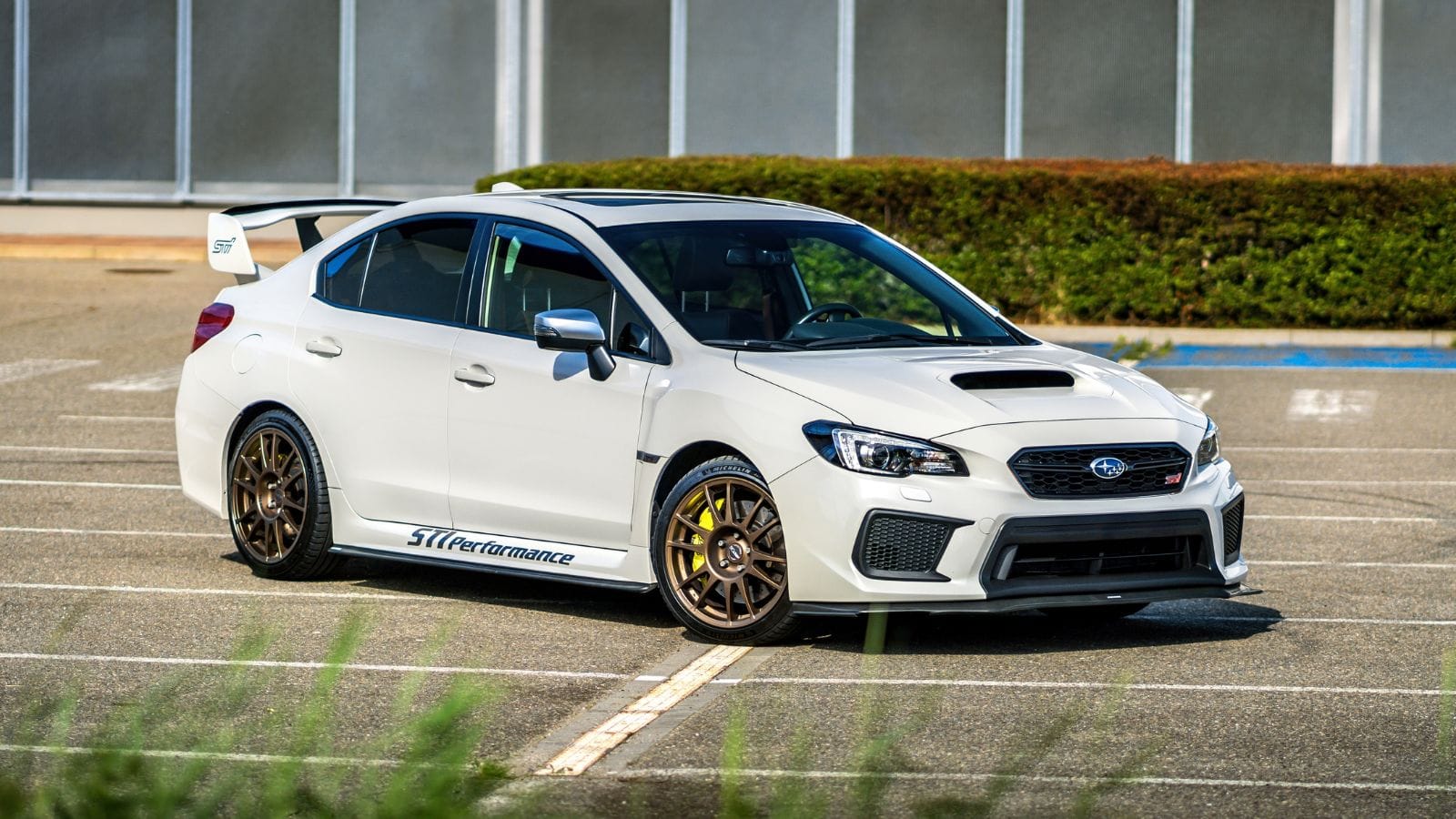
Conceived in rally dust and adrenaline, the Subaru WRX STI has been a dream turbocharged since it debuted in 1994. Written by the Subaru Design Department in Japan, it has never been about style over substance. The new generation boasts a 2.5-liter, turbocharged Boxer flat-four engine that delivers 310 horsepower. Inside, the STI is sportier than plush, with red-accented Alcantara-trimmed seats, a flat-bottom steering wheel, and a minimalist yet functional 7-inch Starlink infotainment system. The 0-60 sprint takes about 4.6 seconds.
Volkswagen Golf R
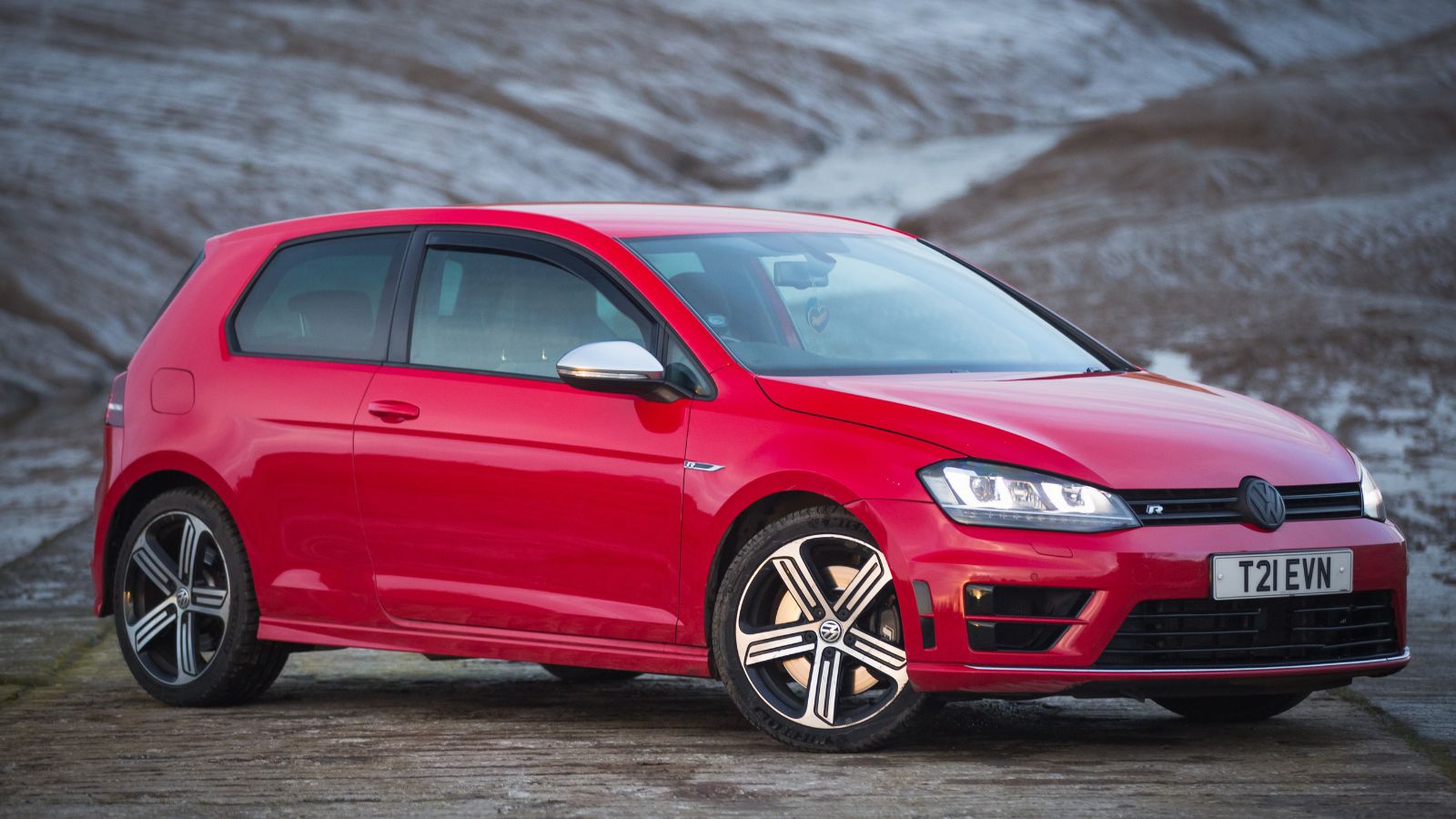
Volkswagen’s performance crown jewel within the hot hatch market, the Golf R, originally sped onto the market in 2002 under R32. The new Golf R is an upgraded powerhouse. Under the cap is a turbocharged inline-four 2.0-liter with 315 horses fed to all four wheels. Its interior is a technology-packed cabin featuring Nappa leather sports seats, carbon-fiber-look trim, a 10-inch infotainment screen, and a 10.25-inch digital dashboard cluster. It has thirty color choices of ambient lighting that create the mood while it accelerates to 0-60 mph in just 4.7 seconds.
Porsche 911
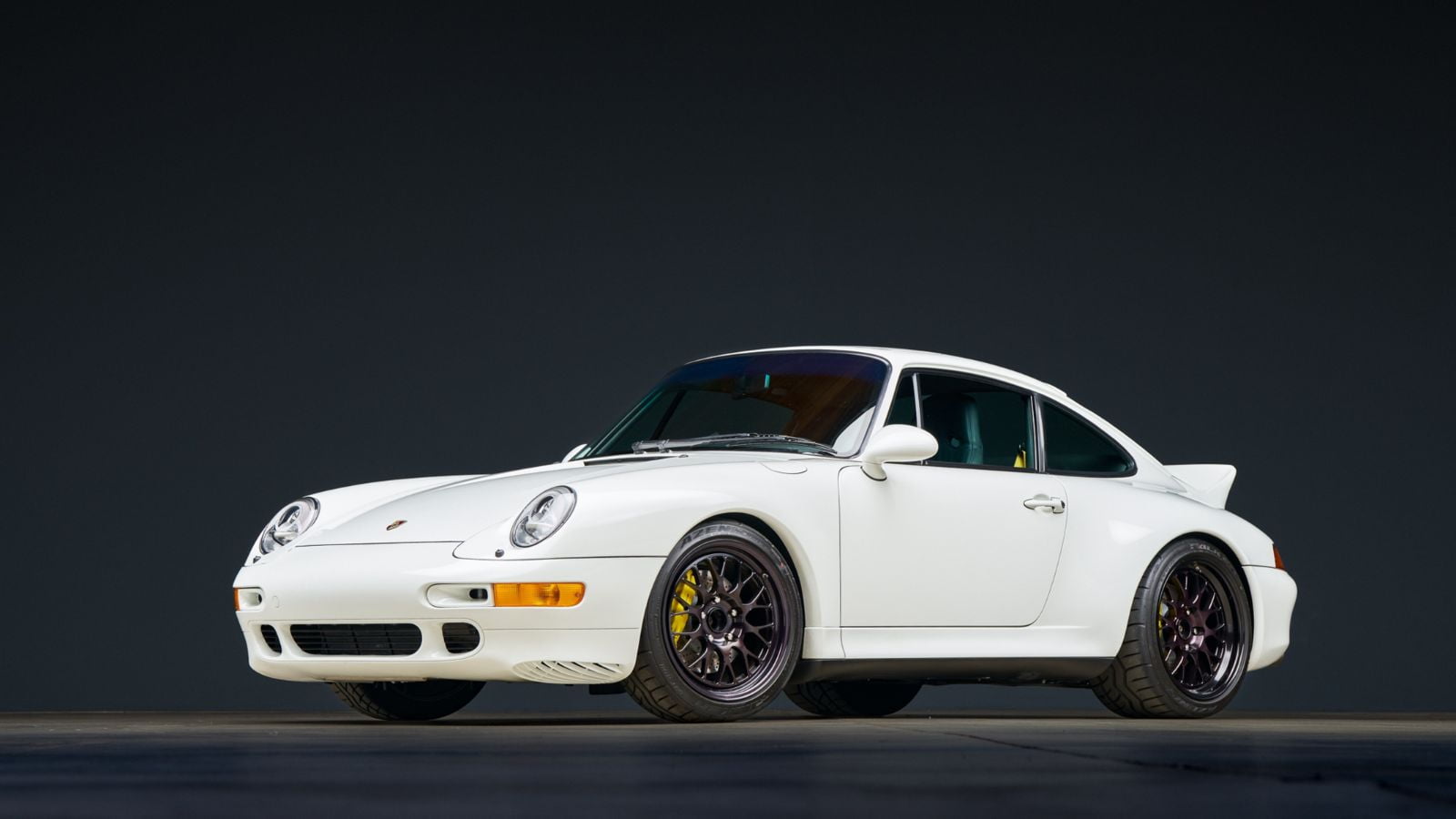
A 1964 icon, the 911 Porsche has been crafted throughout the decades into driving nirvana. Originally penned by Ferdinand “Butzi” Porsche, the 911 of today continues to use the same rear-engine design with unmistakable styling. With multiple configurations available for the 992 generations, a base Carrera finds space for a 3.0-liter twin-turbo flat-six engine making 379 horsepower. It accelerates from 0 to 60 mph in only 4.0 seconds.
Mazda MX-5 Miata
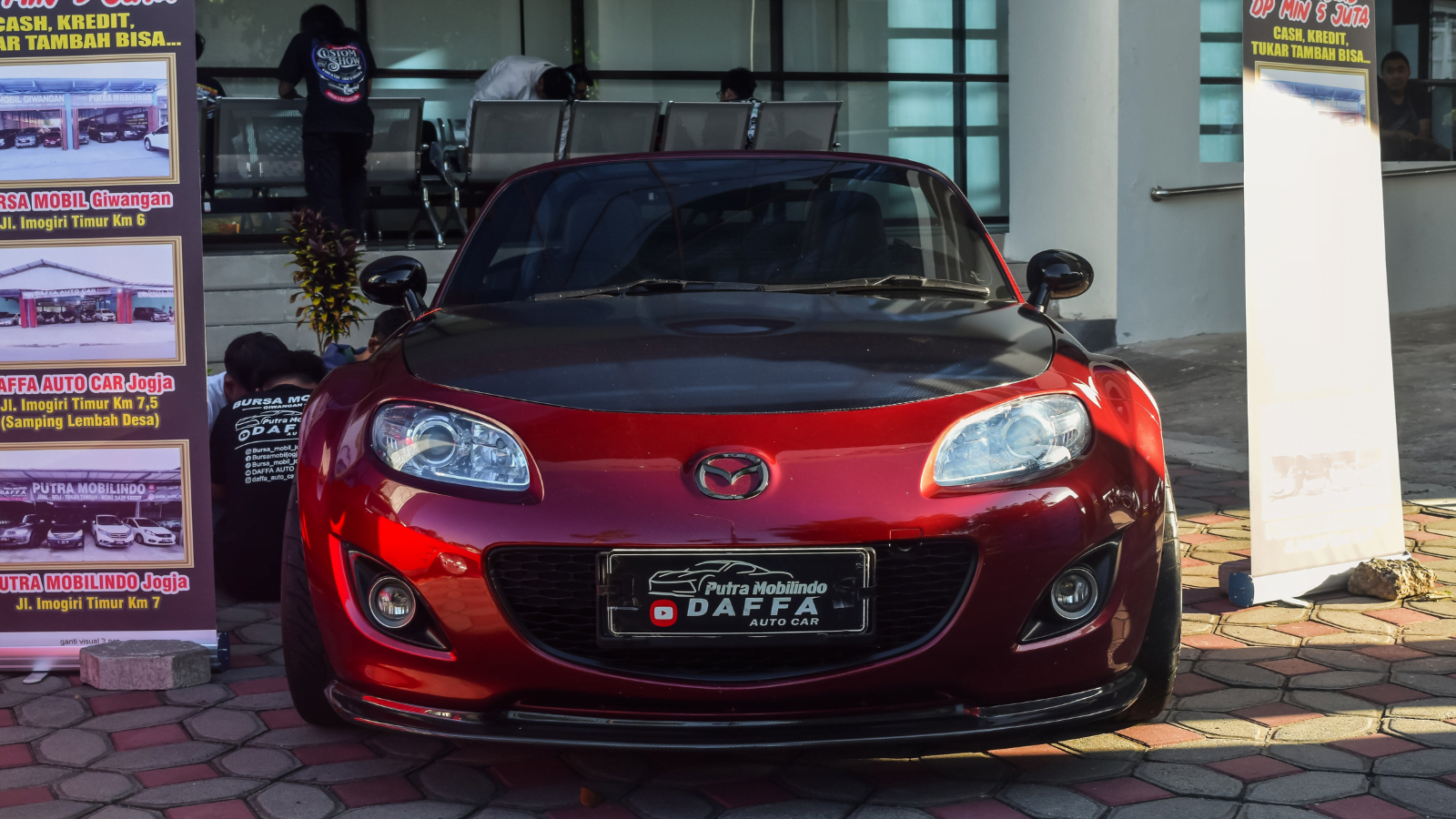
Released in 1989, the Mazda MX-5 Miata was designed to popularize the experience of a light roadster. Its 2.0-liter naturally aspirated four-cylinder engine produces 181 horsepower and goes 0-60 in around 5.7 seconds. The cabin is driver-centric and tight, with supportive sports seats, leather trim, a 7-inch infotainment display with rotary control, and sufficient legroom to not squeeze your road trip fantasies.
Hyundai Veloster N
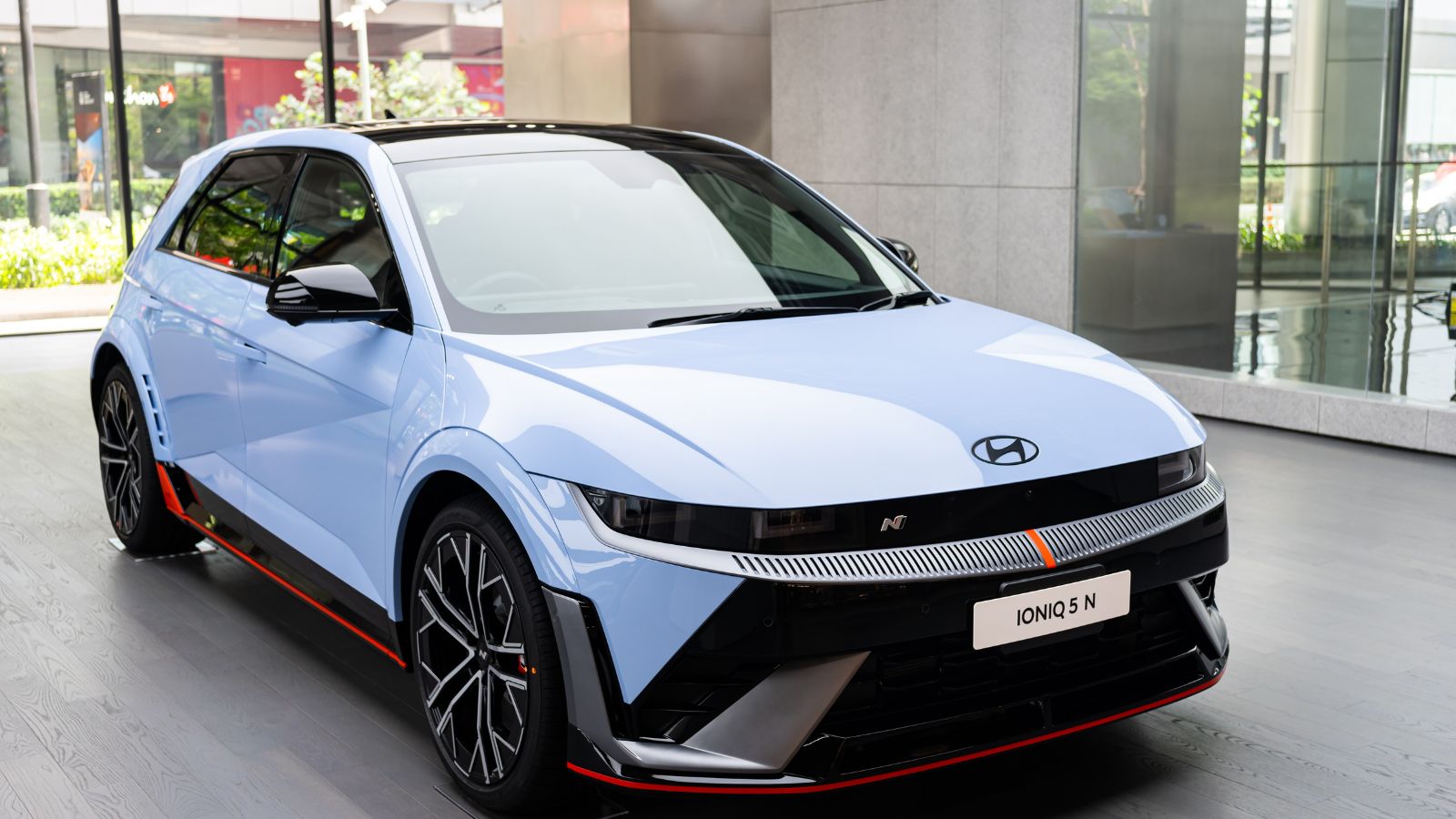
Unleashed in 2018, the Hyundai Veloster N is a riot of performance and character. With a 2.0-liter turbocharged inline-four producing 275 horsepower and a rev-matching 6-speed manual, it’s designed for corner carving while going from 0-60 in around 5.5 seconds on straight roads. The inside bursts with red highlights, bolstered sports seats, an N-mode driving selector, and a digital cluster that shifts personality according to your driving mood. An 8-inch touchscreen with performance gauges caps it off.
Acura NSX
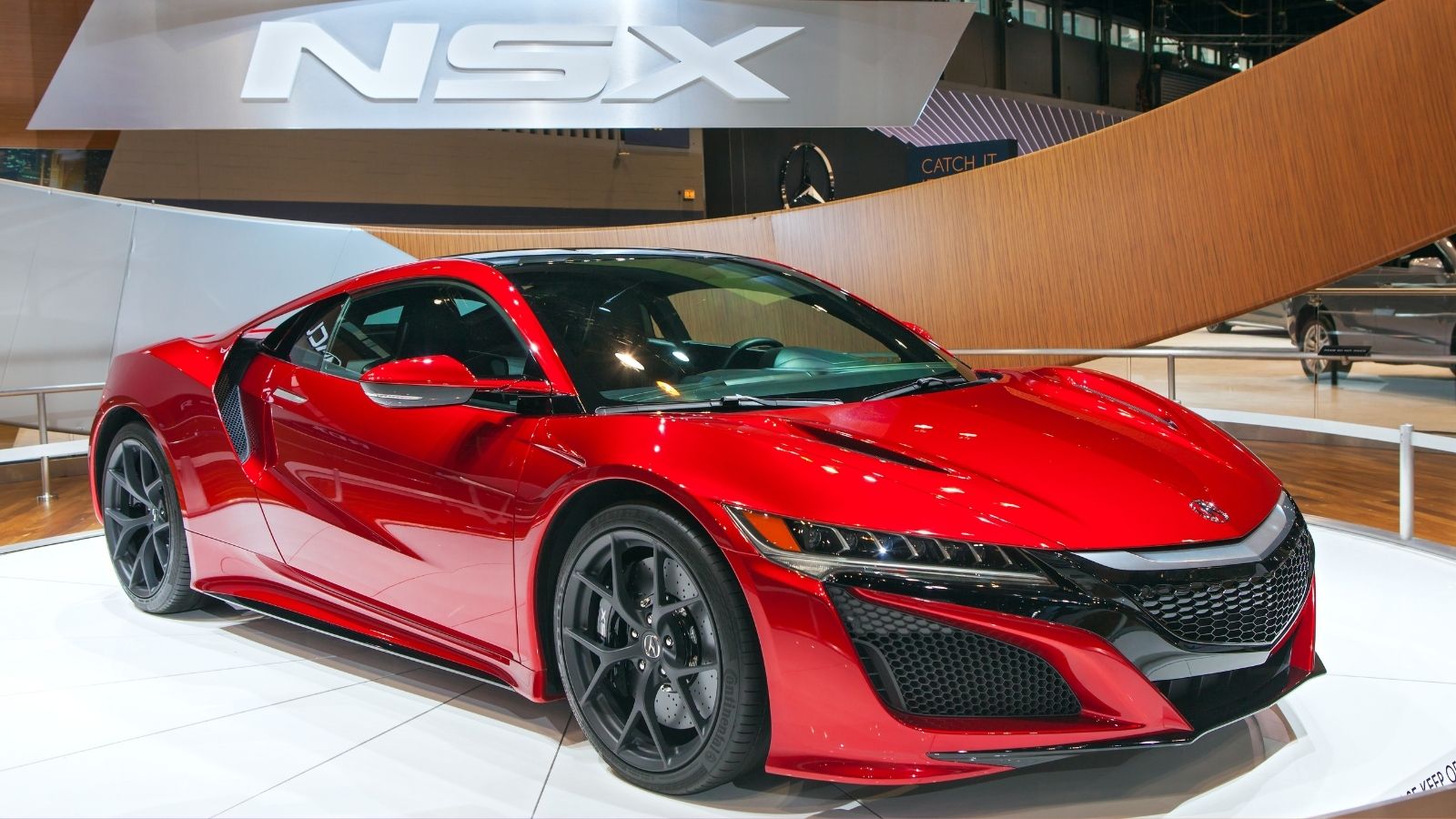
The first NSX, released in 1990, was conceived by Masahito Nakano’s design group and developed perfectly by Ayrton Senna. It set new benchmarks for a supercar to be drivable daily, dependable, yet soul-warming. The newest NSX revived in 2016, boasts a 3.5-liter twin-turbo V6 connected with three electric motors for a hybrid all-wheel drive that produces 573 horsepower. The cabin is high-tech and high-end: Alcantara trim, contrast stitching, a TFT display cluster, and a dynamic infotainment system. It accelerates from 0-60 mph in approximately 3.0 seconds.
Lexus LC 500
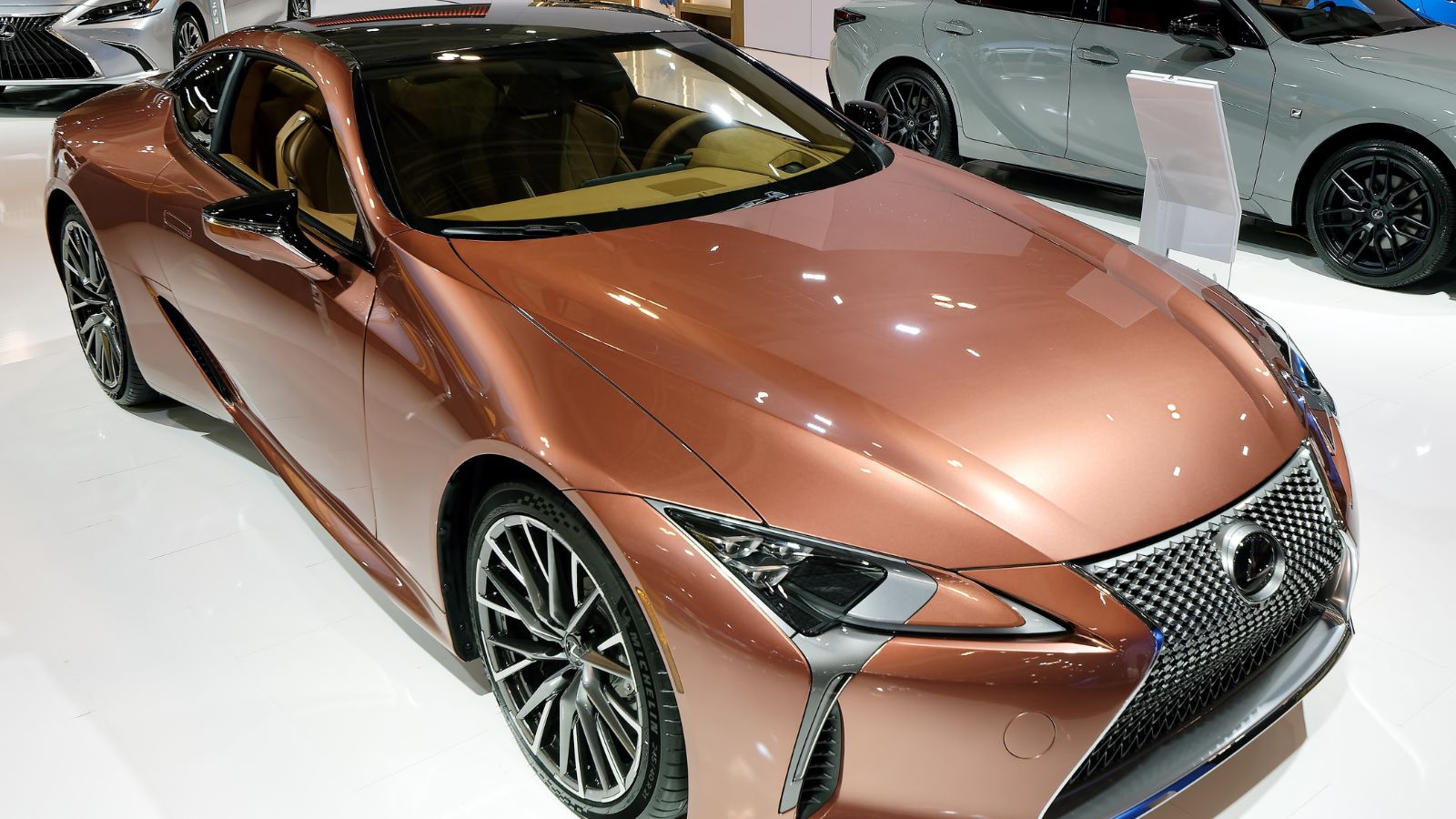
Introduced first to the world in 2017, the Lexus LC 500 is a grand tourer penned by Tadao Mori and inspired by the breathtaking LF-LC concept. Basking in the shadow of its chiseled bonnet is a naturally aspirated 5.0-liter V8, generating 471 horsepower and possessing the cacophonous qualities of an operatic storm. Inside is where things become luxurious, with hand-stitched Alcantara, origami-inspired door panels, magnesium paddle shifters, and a 10.3-inch infotainment screen accompanied by a 13-speaker Mark Levinson audio system that massages your eardrums. From 0-60, it does it in just 4.4 seconds.
Infiniti Q60 Red Sport 400
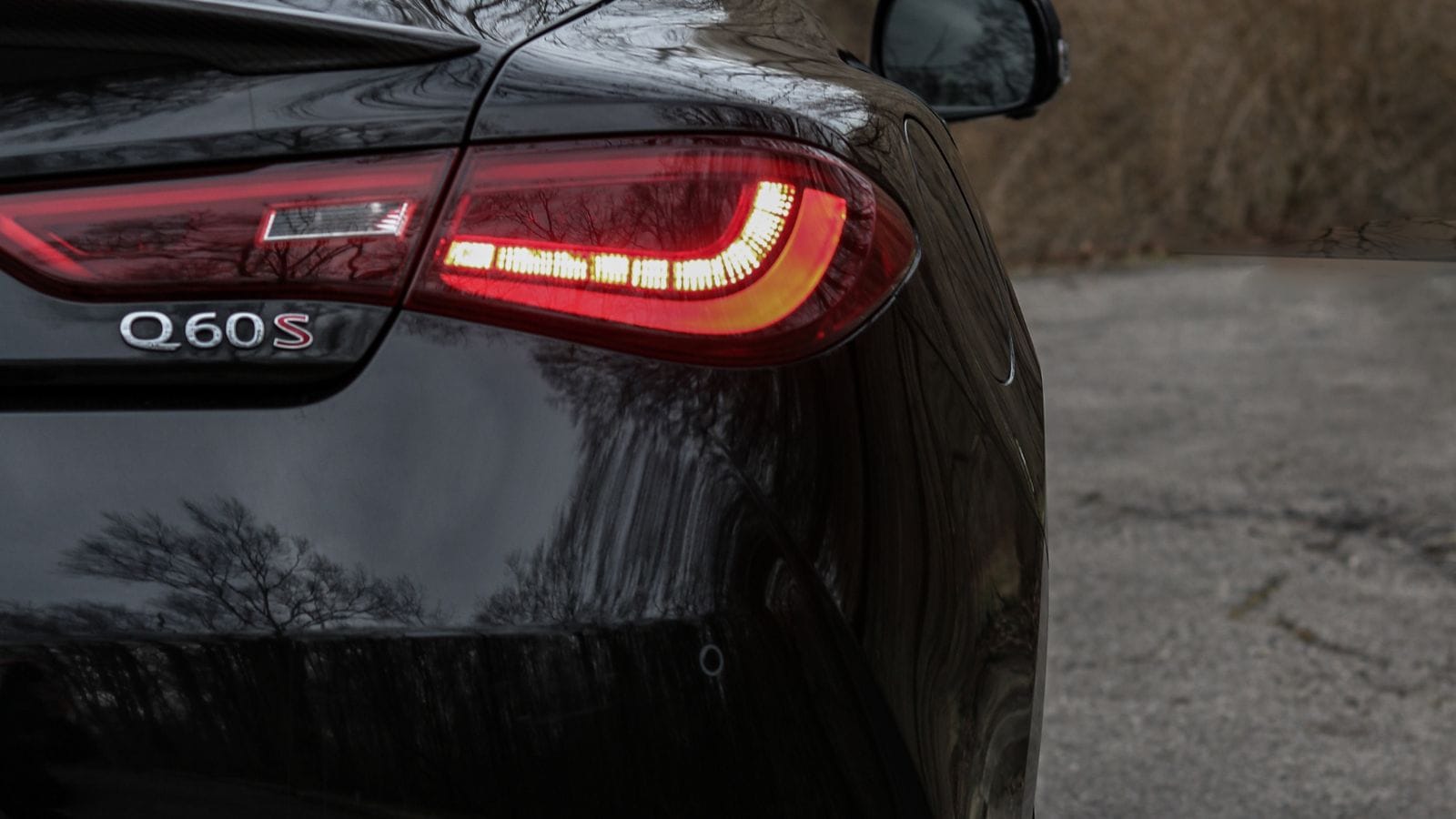
Making its debut in 2017, the Infiniti Q60 Red Sport 400 is the sleek and spicy variant of Infiniti’s luxury coupe lineup, with styling led by Alfonso Albaisa. Beneath the hood lurks a 3.0-liter twin-turbocharged V6 engine generating 400 horsepower. It powers the Q60 from 0-60 mph in a brisk 4.5 seconds. Inside, the cabin has leather seats, aluminum and carbon-fiber trim, twin touchscreen displays (one for nav, one for infotainment), and a 13-speaker Bose audio system. It’s all upscale, cushy, and apt to disappear from Canadian dealerships if tariffs drive costs into orbit.
Alfa Romeo Giulia Quadrifoglio
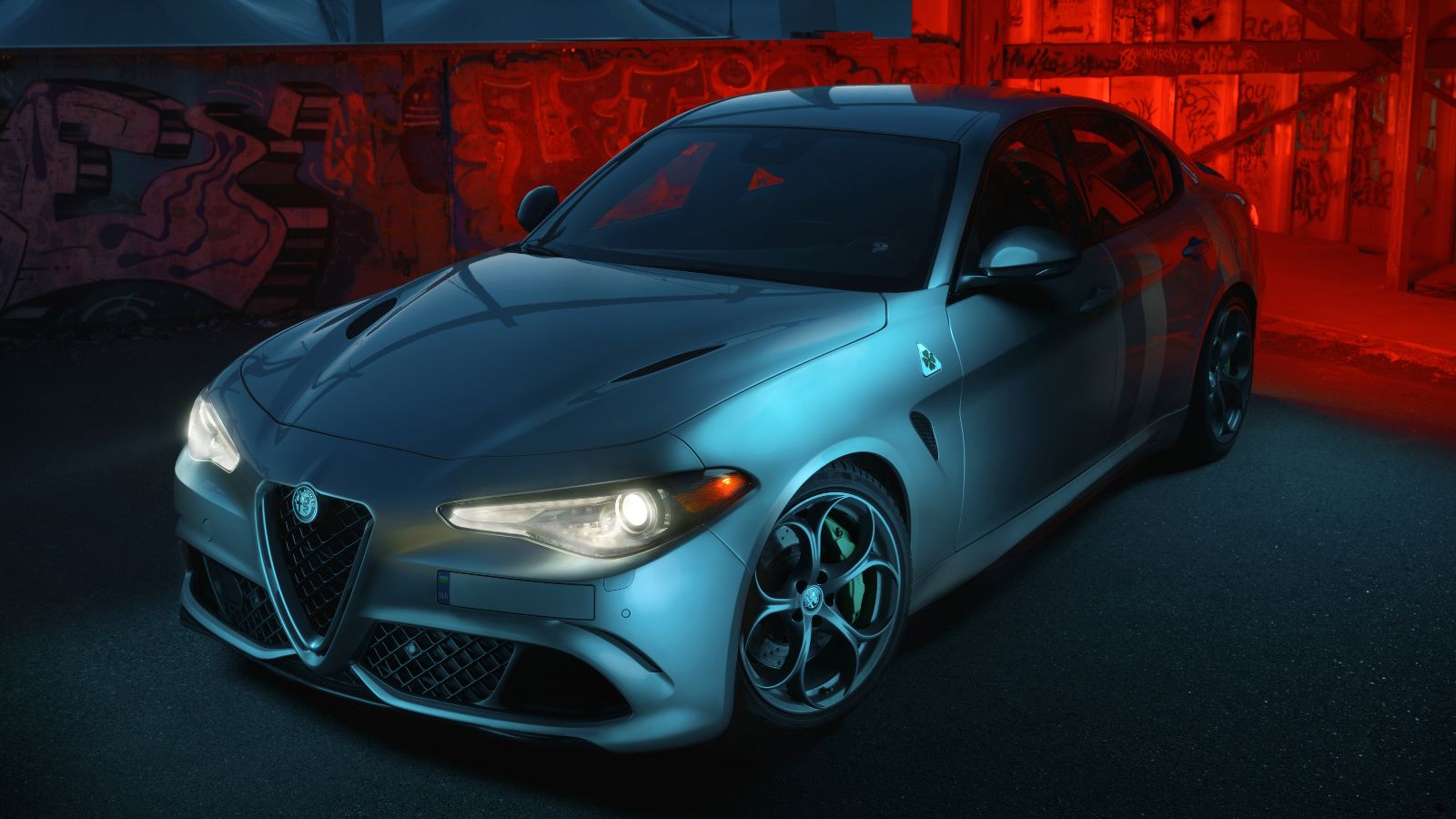
The 2016 Alfa Romeo Giulia Quadrifoglio was designed by Marco Tencone and Klaus Busse. The vehicle causes your heart to flutter simply by glancing at it. Hidden inside its carbon-fiber hood with vents is a 2.9-liter twin-turbo V6 created by former Ferrari engineers, which generates 505 horsepower. The Giulia can do 0-60 mph in a jaw-dropping 3.8 seconds. Inside, it’s a half racetrack and half M lanese fashion studio with Alcantara sports seats with contrast stitching, carbon-fiber trim, a flat-bottom steering wheel with the start button built-in, and an 8.8-inch infotainment system that feels more like a boutique espresso machine than a screen.
Genesis G70 3.3T Sport
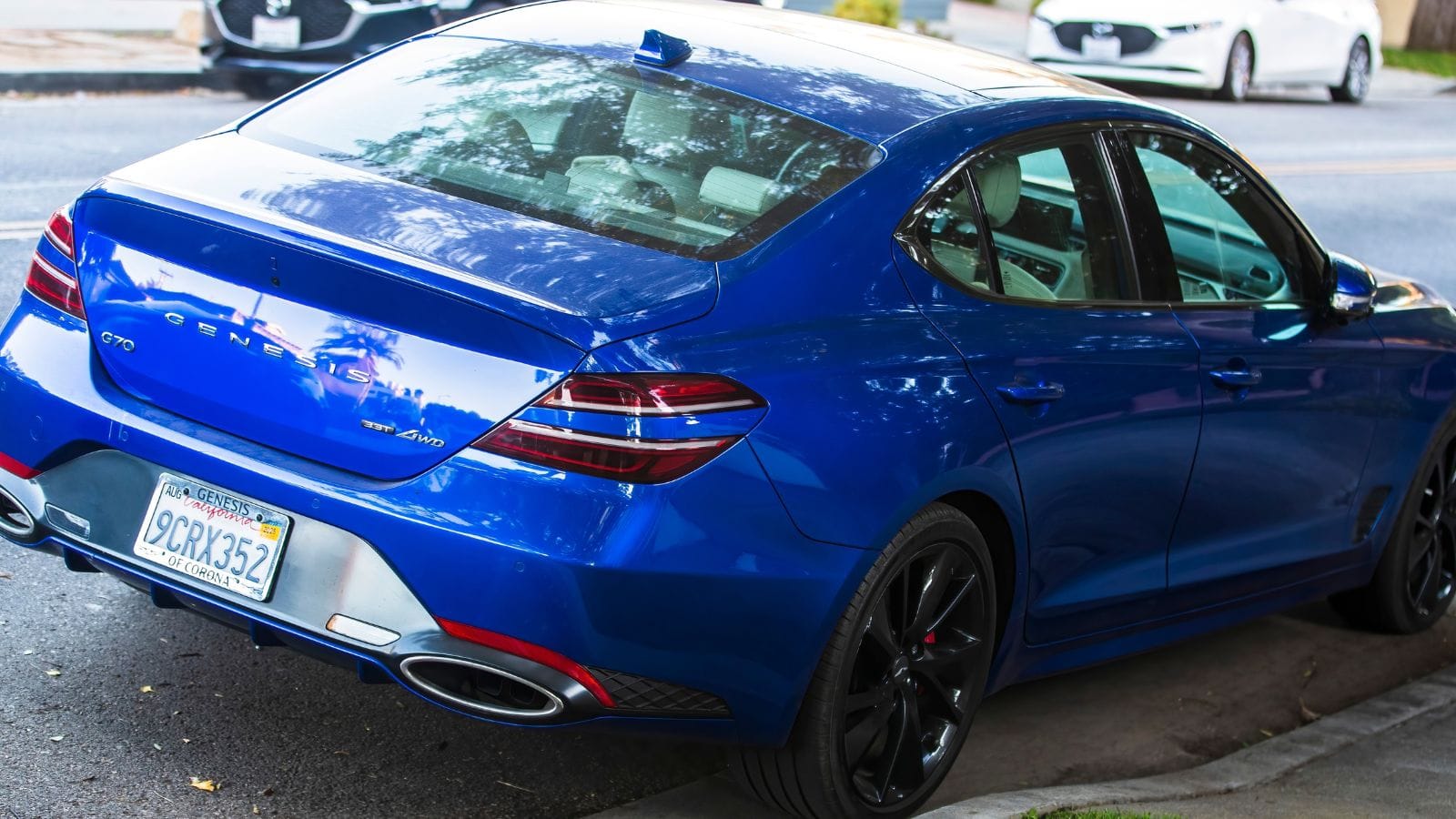
The Genesis G70 3.3T Sport, introduced in 2018, is Hyundai’s bold premium punch to the German establishment. The G70 features a twin-turbo 3.3-liter V6 that outputs 365 horsepower and flings it from 0-60 mph in just 4.5 seconds. Inside, it’s upscale on the cheap: quilted Nappa leather seats, aluminum trim, 15-speaker Lexicon sound, and an 8-inch infotainment system with Android Auto and Apple CarPlay. The cockpit is designed with the driver in mind, providing an uncluttered, beautiful design poised to blast through mountain roads.
Chevrolet Corvette C8
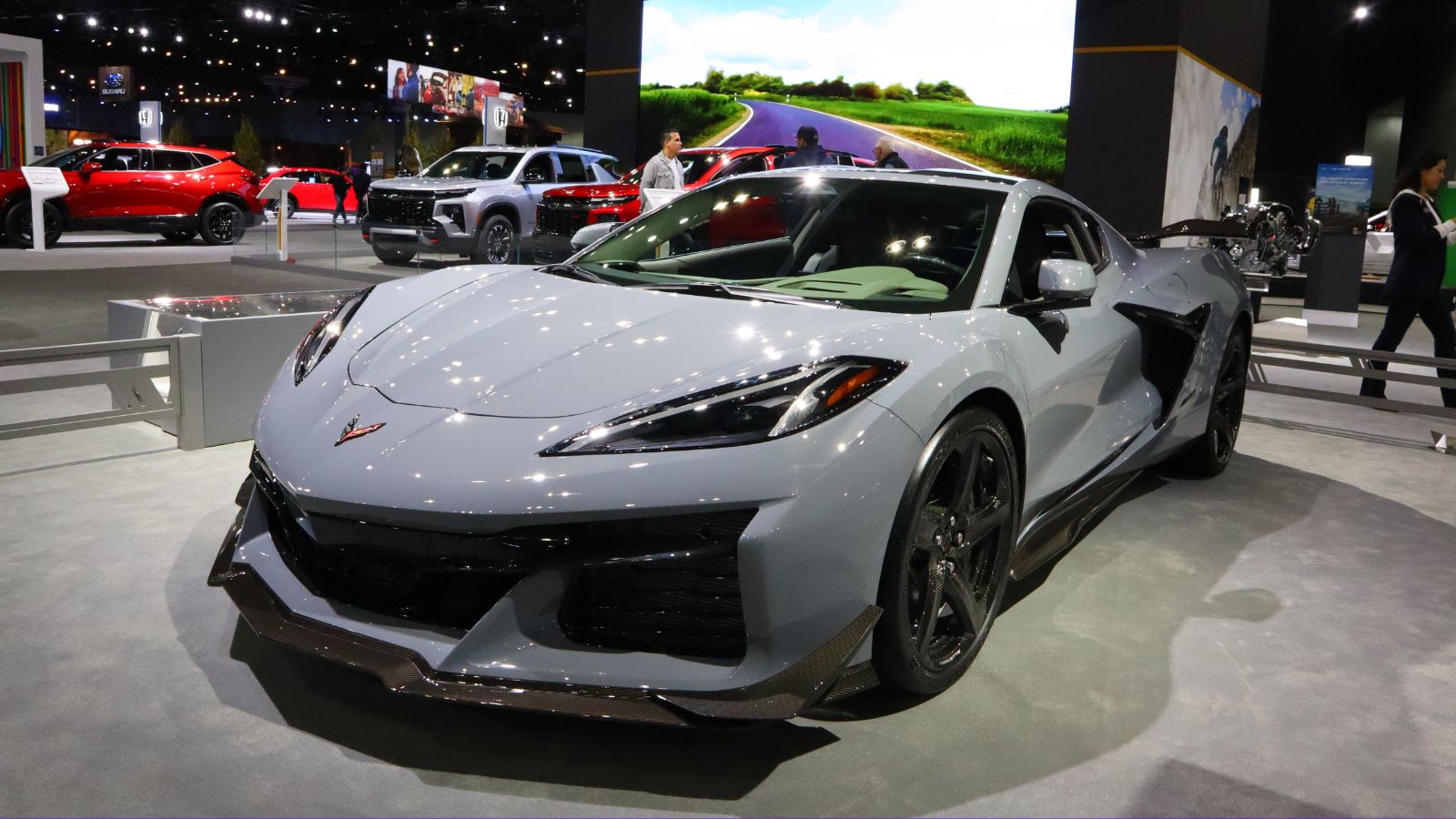
The iconic Corvette underwent a midlife transformation in 2020 with the C8, evolving from a front-engine American muscle car to a mid-engine exotic. Tom Peters’s designed C8 Stingray is driven by a naturally aspirated 6.2-liter V8 producing 495 horsepower that goes from 0 to 60 in only 2.9 seconds. On the inside, the C8 is a fighter jet lunge with everything leather-wrapped, a steering wheel squared off, a wall of climate-control buttons, a 12-inch digital gauge cluster, and an 8-inch infotainment screen tilted dramatically toward the driver.
Mini John Cooper Works GP
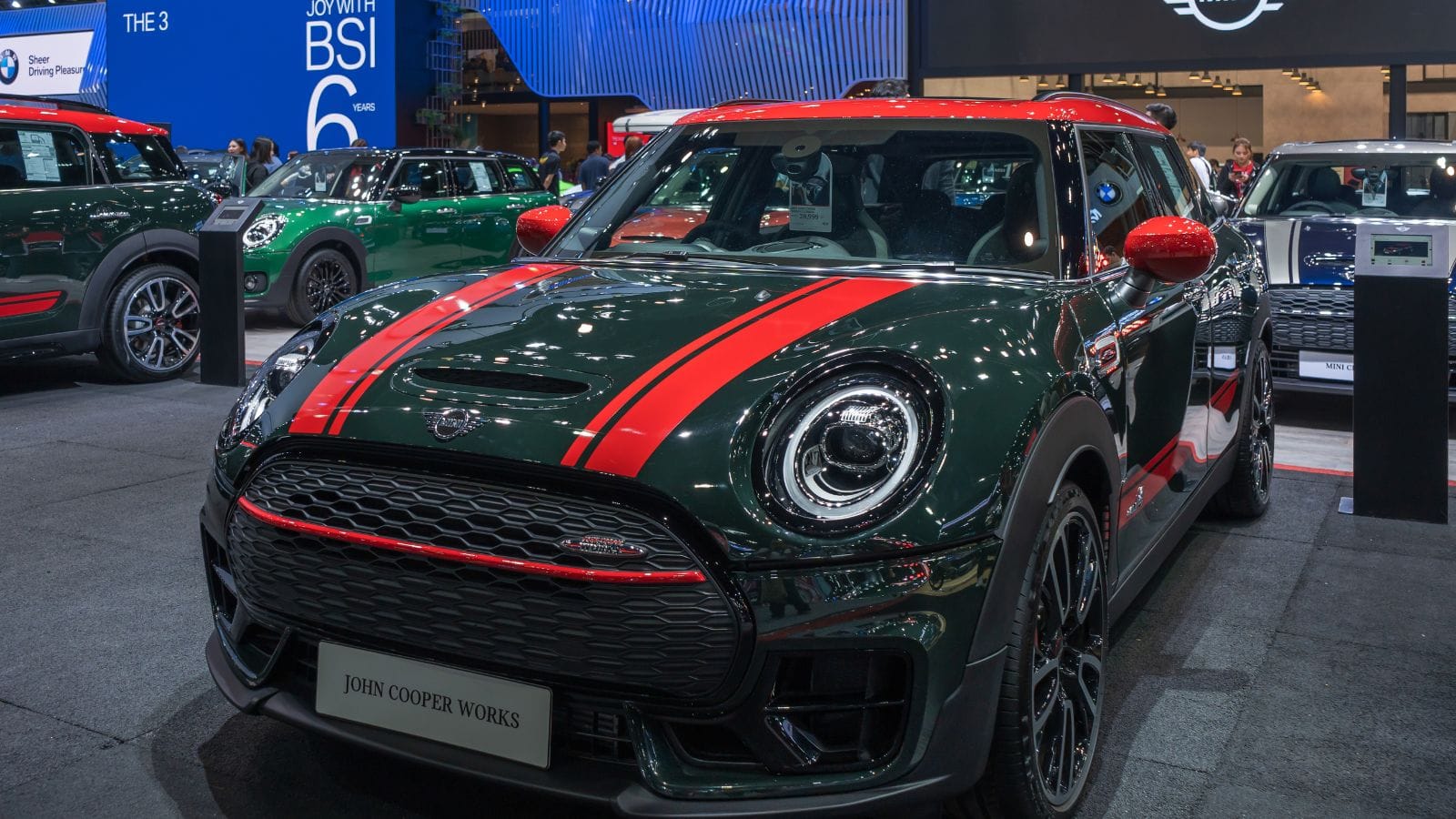
The Mini JCW GP, introduced in its newest and most ferocious guise in 2020, is the most enraged Mini ever produced. Styled by Oliver Heilmer, the GP is bare bones, flared out, and set to punch well above its weight. It’s equipped with a 2.0-liter turbocharged inline-4 good for 301 horsepower that dashes from 0-60 in 4.9 seconds. Inside, the GP receives a black, sporty interior with red accents, bucket seats, digital gauges, and a one-of-a-kind 3D-printed serial plaque, reminding you this isn’t merely a grocery-getter.
Jaguar F-Type R
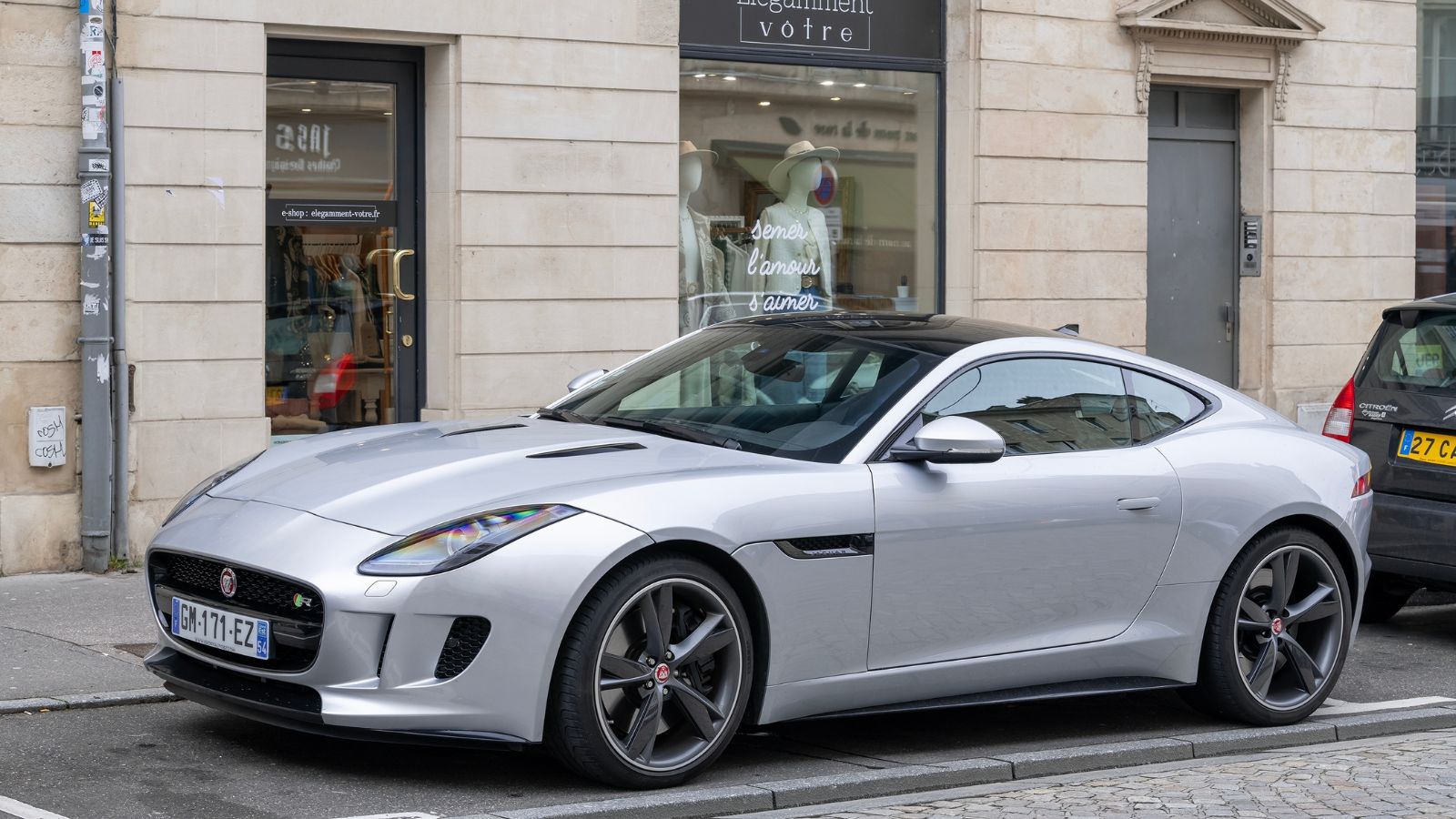
The 2013 Jaguar F-Type R, penned by Ian Callum, embodies vintage British cool with the heart of a growling beast. The 2024 F-Type R’s 5.0-liter supercharged V8 gets 575 horsepower to all four wheels. The 0-60 time is a mere 3.5 seconds, accompanied by the exhaust song of a fireworks display. The sophisticated interior has Windsor leather performance seats, a 10-inch Touch Pro infotainment system, twin-needle stitching, aluminum paddle shifters, and just enough British flair to feel like you should wear a tuxedo driving it.
